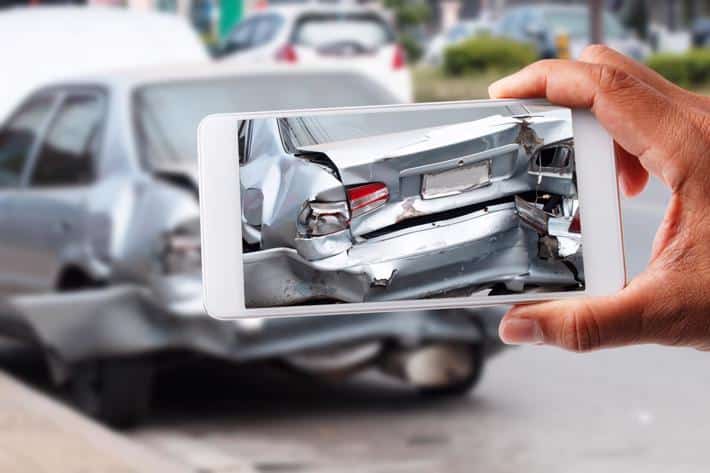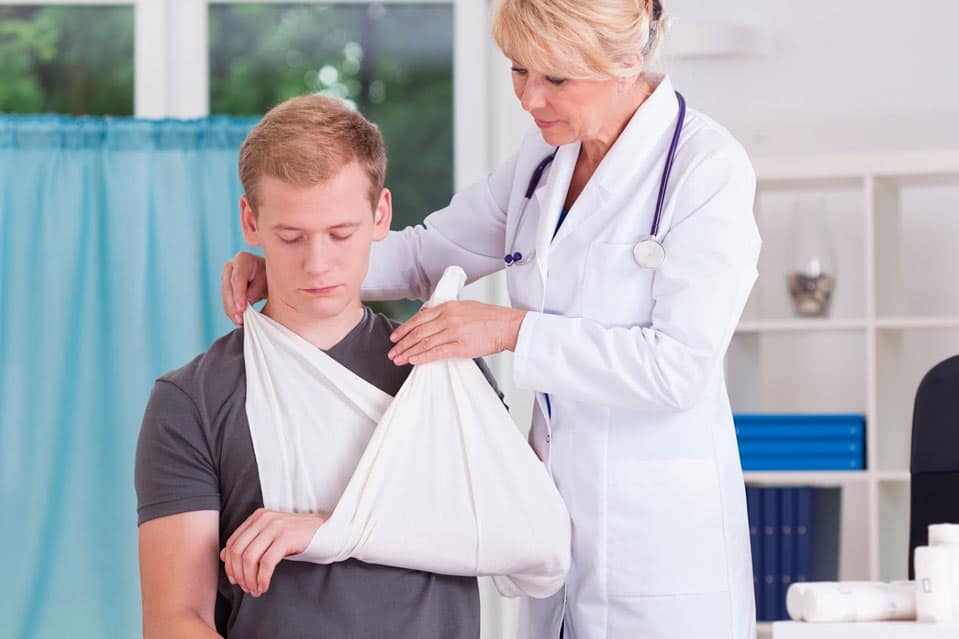Investigating Pedestrian Auto Accidents in Maryland
The number of pedestrians injured in Maryland increased again in 2017. From 2013 through 2017, the number of pedestrians injured in traffic accidents increased each year. During 2017, 3,515 people were injured in pedestrian-auto accidents. In that same year, 111 people died in pedestrian-auto accidents.
Being involved in a Maryland pedestrian accident can cause severe bodily injury and emotional trauma. Depending on the facts and circumstances, the pedestrian might be entitled to recover compensation for injuries and damages. However, the insurance company for the driver may deny liability for the injury claim.
Therefore, it is important to seek the advice of a Baltimore pedestrian accident attorney. An attorney can conduct a pedestrian auto accident investigation to determine the cause of the accident, identify the liable party, and secure evidence to prove fault.
Investigating a Maryland Pedestrian Auto Accident
When investigating a pedestrian accident, our Baltimore pedestrian accident attorneys review a variety of evidence to determine the cause of the crash. Determining cause is one of the first steps when investigating any vehicle-related accident. Evidence and factors we review include:
- Physical evidence from the accident scene
- Digital evidence, including videos, photographs, call logs, text messages, and activity data
- Environmental factors, such as the weather at the time of the accident or whether the placement of foliage could have contributed to the cause of the accident
- Human factors, including drunk driving, speeding, drugged driving, lack of visibility, and distracted driving
- Medical records
- Police reports
- Eyewitness statements, which can be very useful in determining cause and fault
- Broken bones and fractures
- Head injuries, including traumatic brain injury
- Spinal cord injuries, including paralysis
- Back and neck injuries
- Amputations
- Scar and disfigurement
- Medical bills, including hospitalizations, surgeries, medical equipment, physical therapy, and medications
- Loss of income, including future lost wages and loss of earning potential
- Physical pain and suffering
- Emotional distress and mental anguish, including anxiety, depression, and PTSD
- Permanent disability, including scarring and disfigurement


